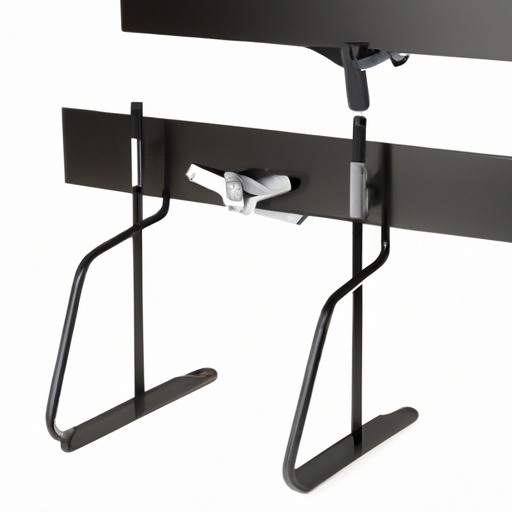
You may have been considering a TV mount if you recently bought a new TV or want to upgrade your old one. This is an excellent way to save on space and create a sleek modern look with your home entertainment set-up. With so many options on the market it can be difficult to select the best one for you. This guide is designed to help you answer some of the most frequently asked questions about TV mounts. MetalTheater.com
A TV wall mount has a number advantages over a conventional TV stand. Firstly, the TV wall mount saves floor space and is therefore a perfect option for apartments and smaller rooms. A minimalistic, cleaner look can be achieved by wall mounting your TV, especially if the mount has cable management features. Mounting your TV at the correct height will also help reduce neck, back, and eye strain, particularly if you watch for long periods.
Another advantage of a TV wall mount is that it provides a better viewing experience. The wall mount lets you adjust the tilt and angle of the TV for the best viewing angle. This is impossible to achieve with a standard TV stand. This is a great option if your living room is large and you regularly have guests over for sports or to watch movies. MetalTheater.com
A TV wall mounting can also be used to secure your TV. By mounting your television to the wall, it will be protected from being knocked back or accidentally bumped. This can result in damage to the screen or even injuries to people near the TV. Many wall mounts also have locking mechanisms, which prevent the theft or unauthorised removal of your TV.
You can choose between a variety of wall mounts, such as tilting, ceiling, or fixed mounts. Fixed mounts are the simplest and most affordable option, and are ideal if you want to mount your TV at a fixed height without the ability to adjust the viewing angle. Full-motion mounts let you adjust your TV's angle vertically. Tilting mounts offer a full range of movement for your TV. If you're looking to save space on your wall, ceiling mounts can be a good option.
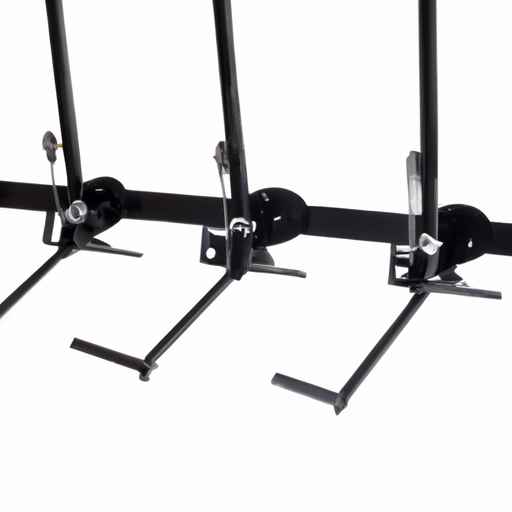
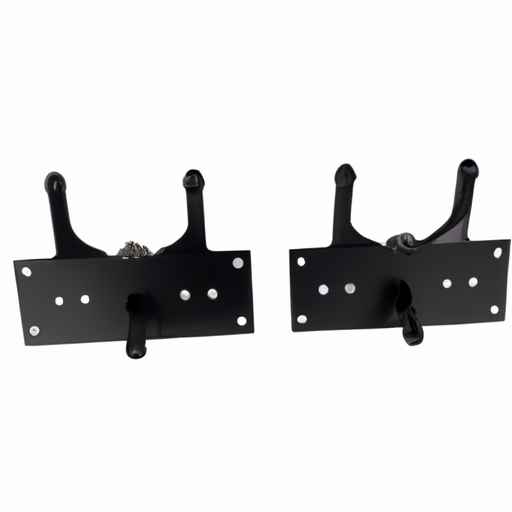
It's important to take into account the weight and size of your TV when choosing a wall mount. Fixed mounts work well for smaller TVs. For larger TVs, a full motion mount may be needed for additional support. Additionally, the location of your TV and the viewing angle should also be taken into account. A tilting or full motion mount is better suited to mounting your TV in an area with high traffic. MetalTheater.com
Another factor to consider is the installation process. While fixed mounts are relatively easy to install, tilting and full-motion mounts may require more advanced installation techniques. You should carefully read the instructions provided by the manufacturer and, if needed, hire a professional to mount your TV.
To ensure you get the right size, you will need to first measure your TV. Measure the distance between mounting holes on your TV's back (known as VESA pattern) as well as its height and width. Check the weight limit on your mount and make sure it can hold the weight of the TV.
The viewing angle is another important consideration when measuring your television for a mount. The mount should be positioned so that it is at an angle and height that will allow you to comfortably view the TV from the desired viewing area. Also, it's important to take into account any potential obstacles, such as furniture and windows, which may impact the positioning of the mounting.
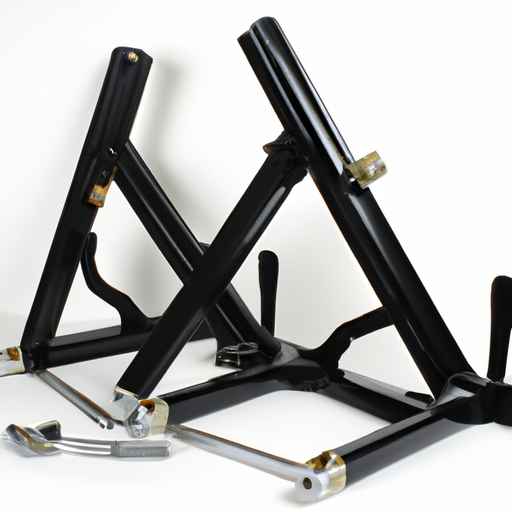
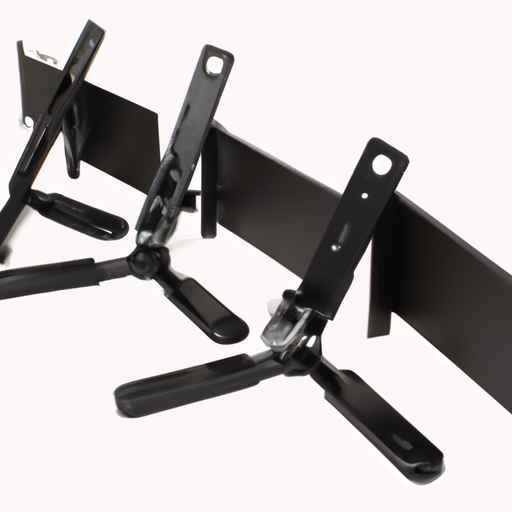
When you install the mount, make sure to carefully follow the instructions from the manufacturer. This may involve drilling into your wall, so it's important to ensure that you have the necessary tools and expertise to complete the installation safely and securely. You should always consult a professional for any installation questions you may have. MetalTheater.com
Although it is possible to mount a TV on the wall yourself, most people hire a professional in order to make sure everything is installed safely and correctly. A professional installation will save you both time and effort, particularly if you are not comfortable with DIY projects. DIY installation may be the most cost-effective choice if you have some experience and are good with tools. Just be sure to follow the manufacturer's instructions carefully and use the appropriate tools and hardware for your mount and wall type.
Warranty is also a factor to be considered when choosing between DIY or professional installation. For some manufacturers, professional installation is required to maintain warranty. It's important to check the warranty information before making a decision. Additionally, professional installers may offer their own warranty or guarantee on their work, providing added peace of mind. MetalTheater.com
